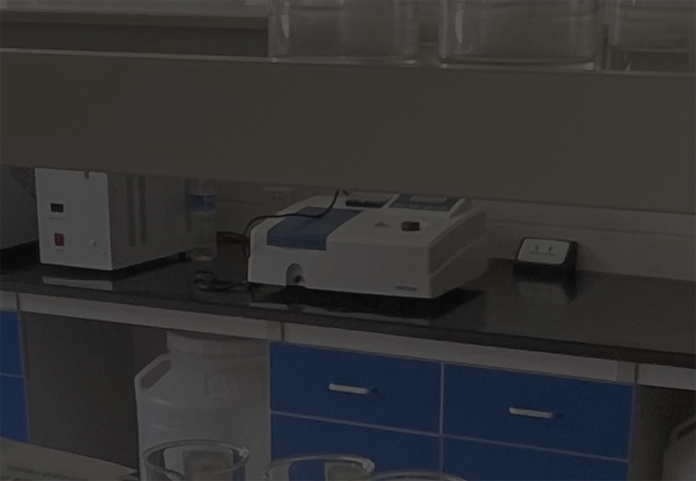...
2025-08-16 18:29
328
...
2025-08-16 18:27
2335
...
2025-08-16 18:18
169
...
2025-08-16 18:17
1761
...
2025-08-16 18:02
1767
...
2025-08-16 17:50
2976
...
2025-08-16 17:38
1213
...
2025-08-16 17:32
2551
...
2025-08-16 16:57
874
...
2025-08-16 16:55
1203




